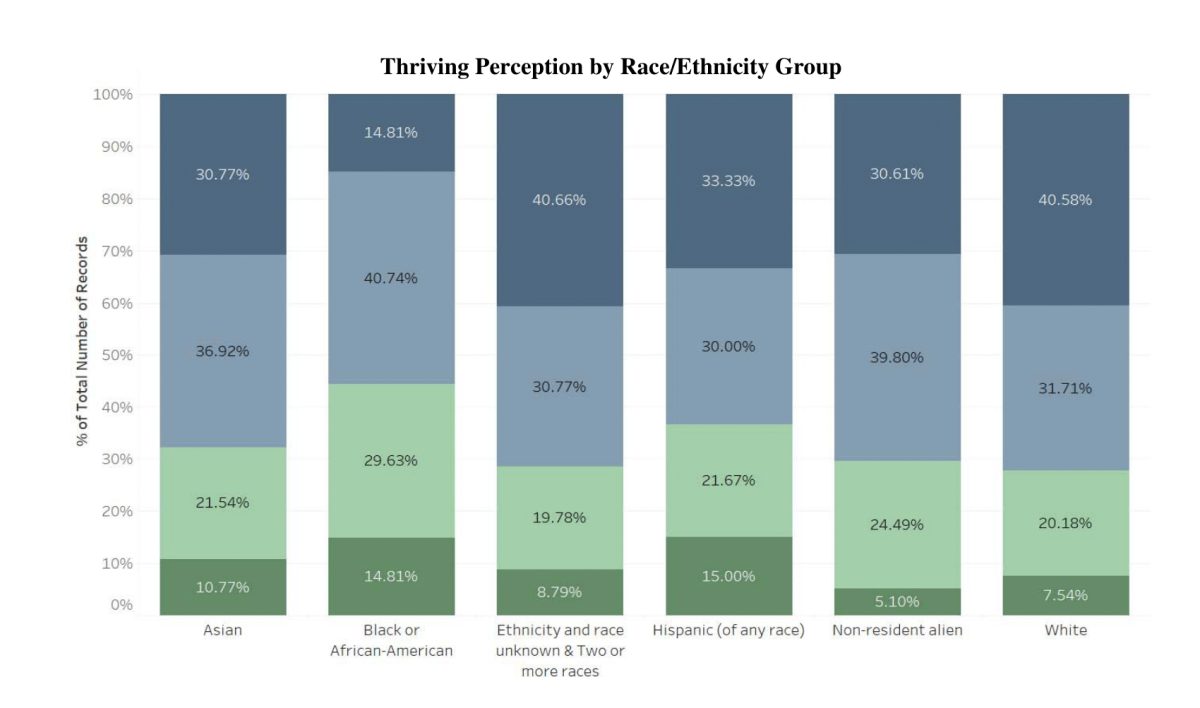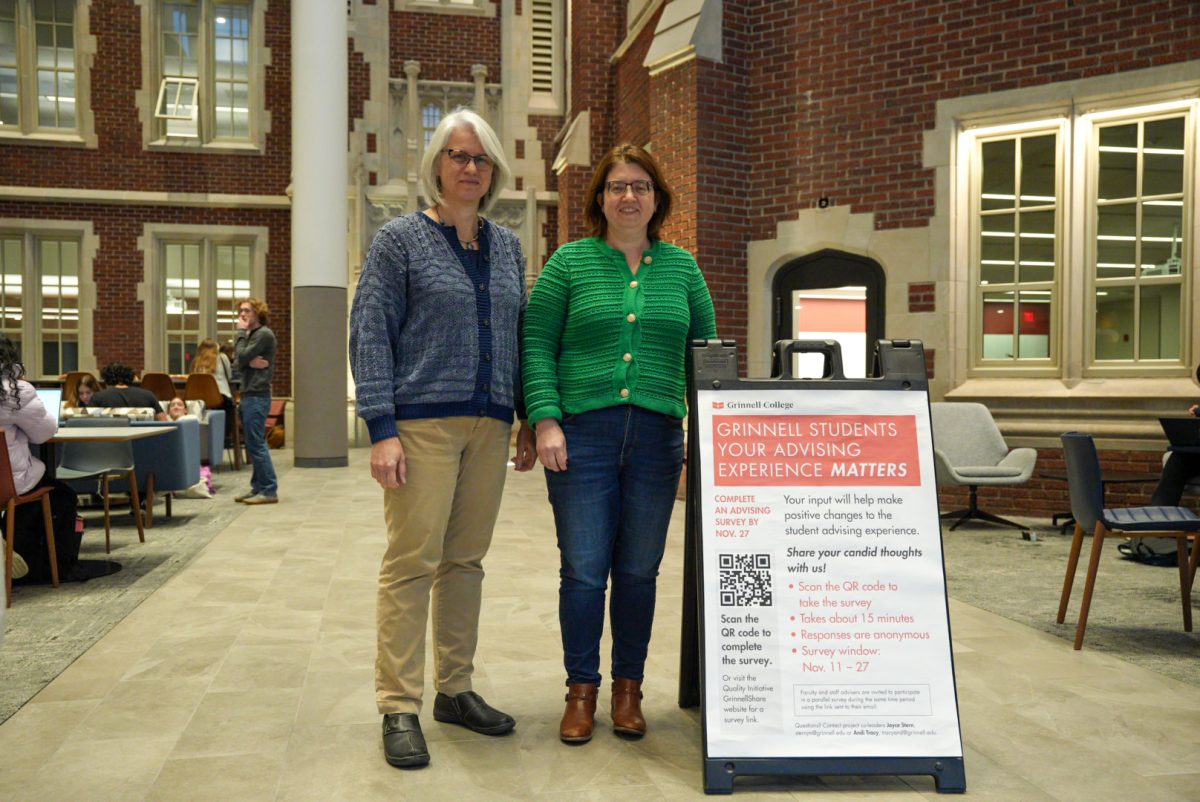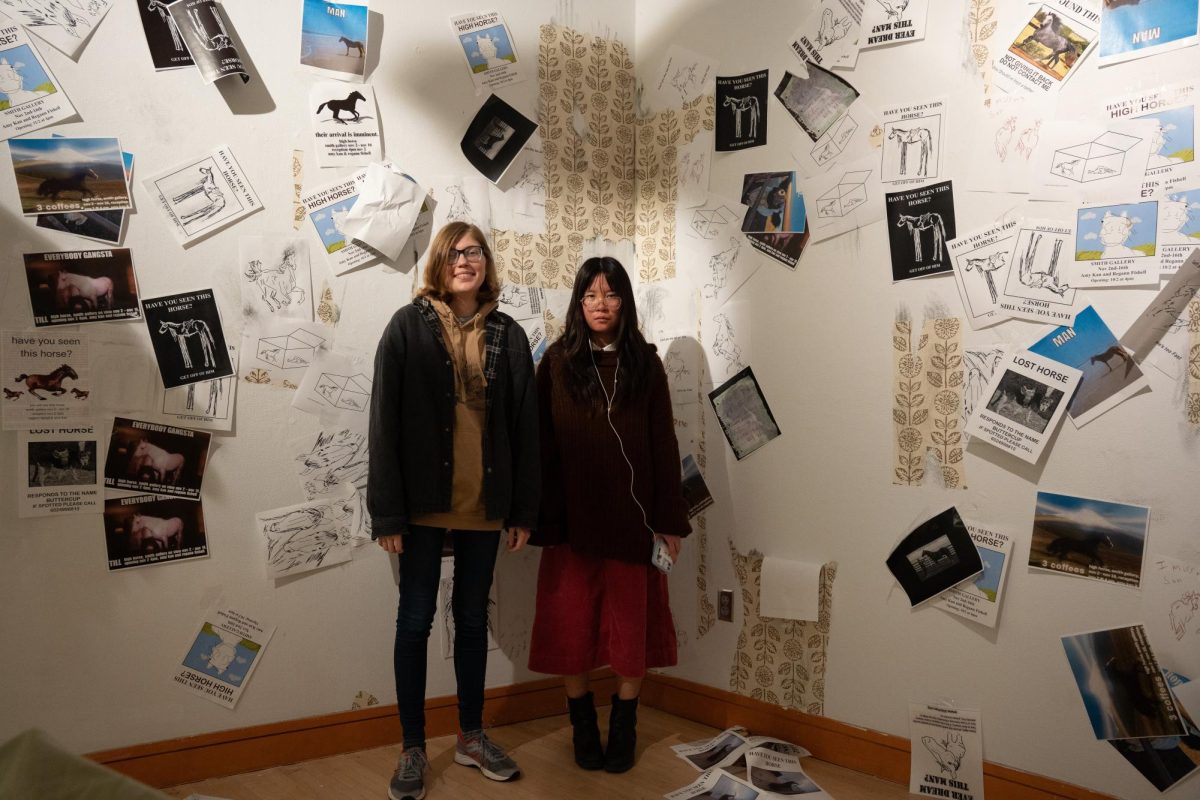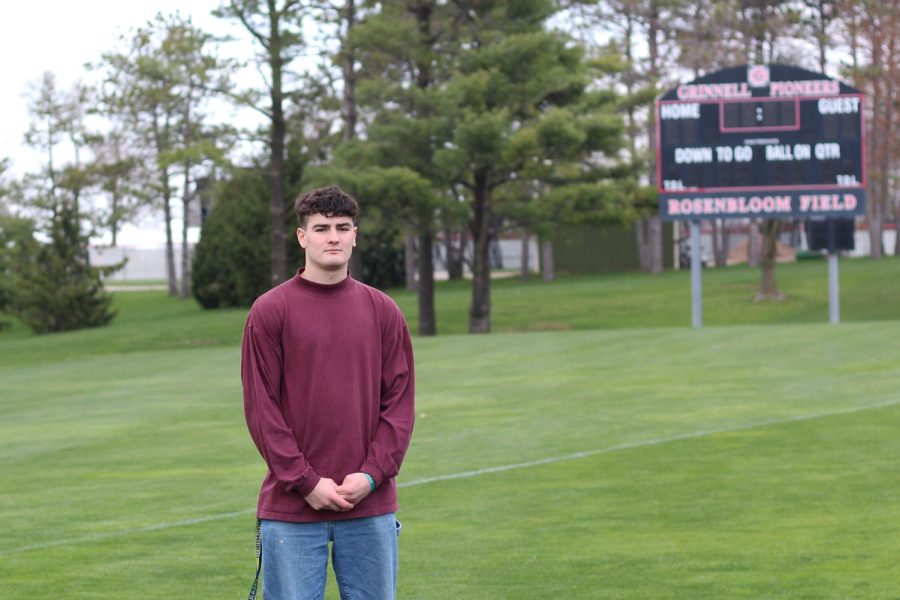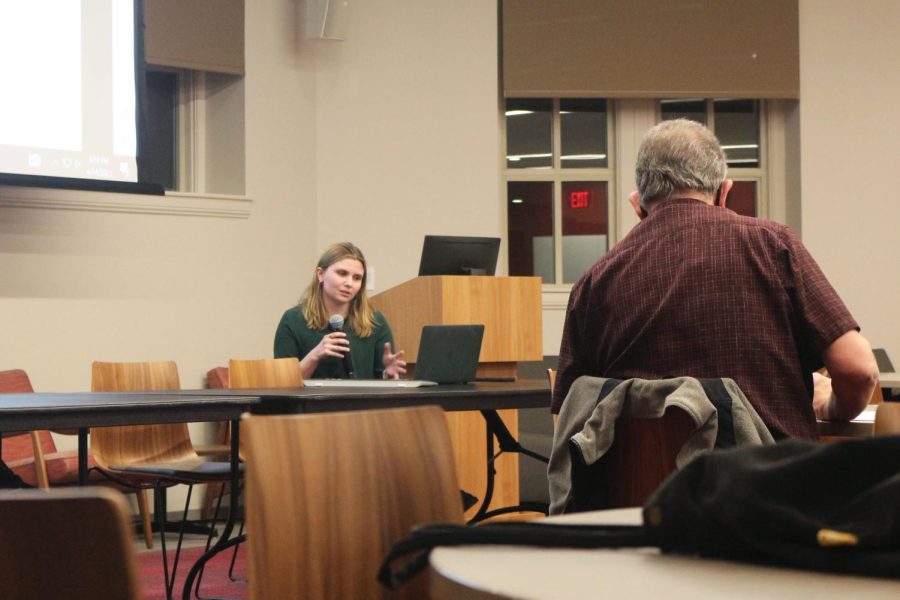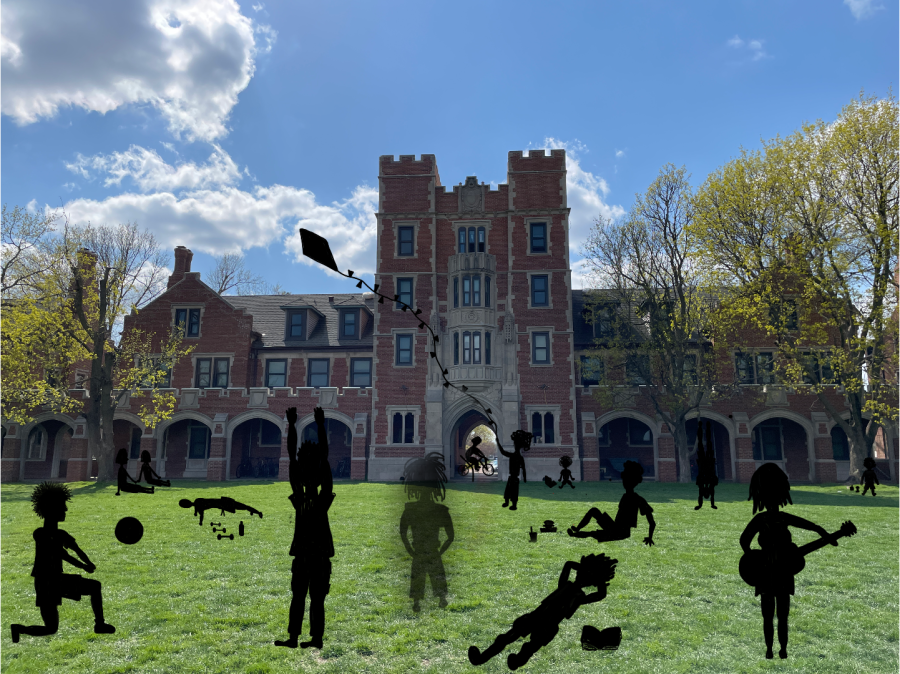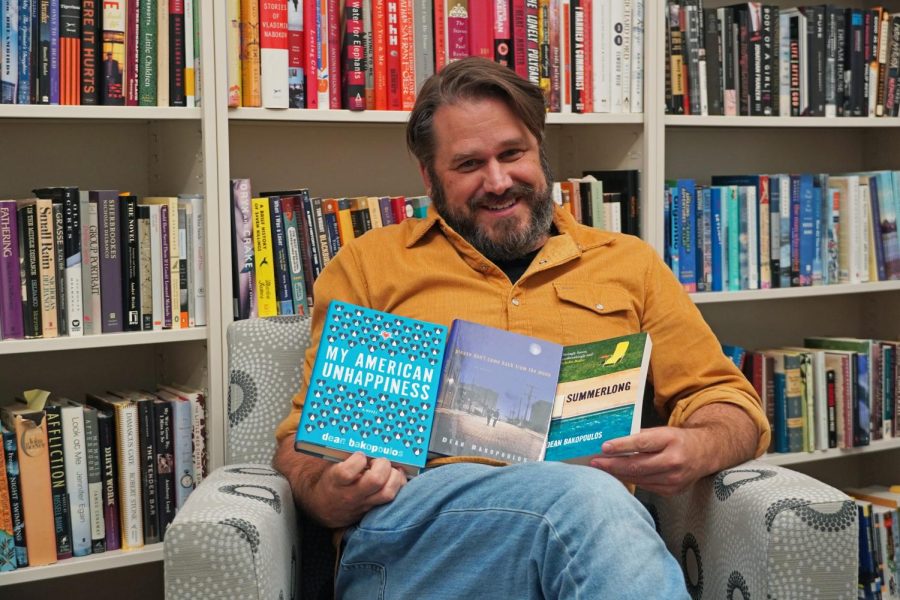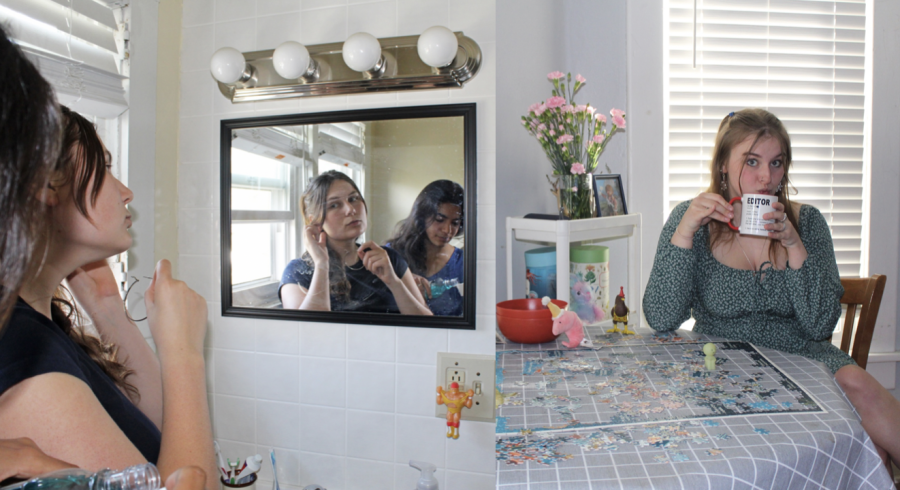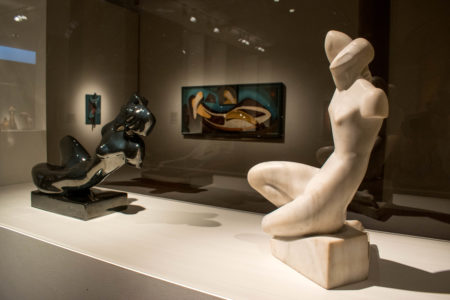
By Jon Sundby
sundbyjo17@grinnell.edu
Throughout his long career, the modern sculptor Alexander Archipenko, moved quite a bit — both physically and artistically. Born in Ukraine in 1887, Archipenko traveled to Paris and Berlin at the turn of the 20th century to discover cubism. Later, he found himself in New York, attempting to combine his modernist art with the new technology of the era. And as the years floated by, he ended up in the woods of upstate New York, teaching art and working on a new wave of avant-garde sculptures. And now his work is on the move once again, this time settling in Grinnell for a semester long installation at Faulconer Gallery.
While still modern, Archipenko’s exhibit is a departure from past installations at Faulconer due to its age and style. Usually, the gallery hosts artists that are still in their artistic prime, and rarely do they bring in sculpture. Yet, Lesley Wright, Director of Faulconer Gallery, and Daniel Strong, Associate Director, were excited to change the usual lineup, and have been waiting on this show to come to Grinnell for three years now. Brought here by the Archipenko Foundation, the exhibit is on a long tour that has stopped at Penn State and Jacksonville, Fl., and will soon be off to Denmark and Sweden.
“We have a very active sculpture program here, and we haven’t shown a whole lot of it. We also don’t collect it … so I’m hoping that when students come in they’ll see things that they can’t see elsewhere on campus and they haven’t seen a whole lot in the 17 years we’ve been here,” Strong said.
When students do come into the exhibit this Friday, they’ll be greeted by one of Archipenko’s most famous statues, “Dancers,” right as they pass through the doorway. Distinguishing itself from the rest of the artist’s work through its incorporation of movement, the thin forms are portrayed as if midway through a step, which leads to an illusion of the figures pushing themselves away from the pedestal. The rest of Archipenko’s collection, in contrast, is comprised of still, abstract figures that rest on a singular focus.
“He [always] remains faithful to the subject matter, the female form” Strong said. Milton Severe, director of exhibition design, was a little blunter in this regard, “He liked girls,” Severe said with a laugh.
While his muse stayed the same throughout his life, Archipenko rearranged his style often. He was always interested in the newest trends in the art world and would constantly experiment with materials and forms. As one walks through the exhibit, which is largely organized chronologically, it is easy to see how a new boldness infused with his work towards the end of his life. The artist that used to focus on rendering the body so accurately, eventually created statues that represented the human figure in metaphor only. This lifelong commitment to experimentation has won Archipenko the distinction of being a divisive artist whose work draws passionate responses from both admirers and critics. Yet, despite the mixed reactions to his art, Archipenko’s real legacy lies in his teaching ability and the characteristics and passion that he transmitted to his students.
“I think his legacy comes in all these other people being willing to experiment and take that into the future,” said Wright. “He’s not so influential by what he did, but rather than by who he was and how he taught,” added Strong.
“Archipenko: A Modern Legacy” opens today and will run until Dec. 11. An opening reception will be held from 4:30 to 6 p.m. in Faulconer Gallery.



















































